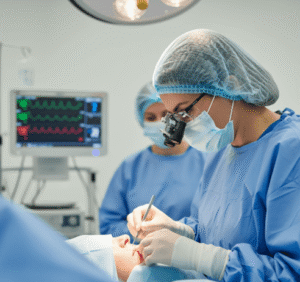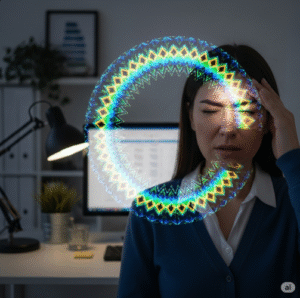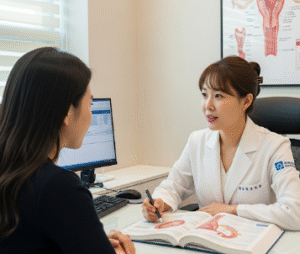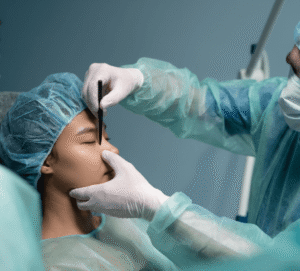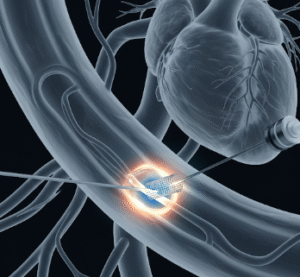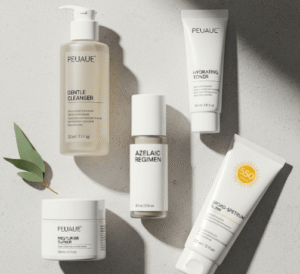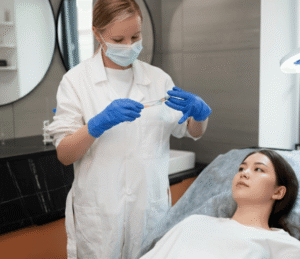Overview
Scalds are a type of burn injury caused by hot liquids, steam, or gases. They can range from mild redness to severe tissue damage. In Korea, scald injuries are common among children and older adults, often occurring in domestic settings such as kitchens and bathrooms. Prompt medical treatment is crucial to reduce complications like infection, scarring, and functional loss.
What is Scalds?
Scalds are thermal burns caused by wet heat sources. Unlike dry burns (from fire or hot surfaces), scalds result from contact with boiling water, steam, soups, oil, or other hot liquids. They can penetrate deep into the skin depending on the temperature and duration of exposure.
Scalds are classified by burn depth:
- First-degree: Superficial burns affecting only the outer skin layer
- Second-degree (partial thickness): Damage extends into the dermis
- Third-degree (full thickness): Involves all skin layers and possibly underlying tissues
Symptoms
- Redness and pain in affected area
- Swelling and blistering
- Peeling or white, waxy skin
- Wet or weeping wound surface
- Numbness in severe burns (nerve damage)
- Fever or chills (if infection develops)
Causes
Scalds occur when the skin is exposed to high-temperature fluids or vapors. Common causes include:
- Boiling water or soup spills
- Steam from cooking pots or rice cookers
- Hot oil splashes during frying
- Hot beverages (tea, coffee) spills
- Bathwater that is too hot
- Accidental contact with industrial or chemical fluids
Risk Factors
- Infants and toddlers (thin skin, curious behavior)
- Elderly people (reduced mobility, slower reaction times)
- Kitchen workers or cooks
- Industrial workers handling high-temperature fluids
- People with disabilities or reduced sensation (e.g., diabetes)
Complications
- Infection due to broken skin
- Dehydration and electrolyte imbalance in severe burns
- Scarring and contractures affecting appearance or mobility
- Psychological trauma
- Long-term disability or reduced quality of life
Prevention
- Keep hot liquids and cookware out of children’s reach
- Check bathwater temperature before use (ideal: ~37–38°C)
- Use spill-resistant mugs or containers
- Turn pot handles inward while cooking
- Avoid carrying children while handling hot liquids
- Use protective gear in industrial environments
- Educate caregivers and parents about burn safety
Treatment Options in Korea
South Korea offers modern and specialized burn care, with advanced facilities and expert medical teams. Major hospitals like Hangang Sacred Heart Hospital, Soonchunhyang University Hospital, and Asan Medical Center have specialized burn units.
1. Emergency First Aid
- Cool the burn immediately with lukewarm (not cold) water for 10–20 minutes
- Do not use ice directly—it can worsen tissue damage
- Remove clothing or jewelry near the burn (unless stuck to skin)
- Cover with a clean, non-stick bandage and seek medical help
2. Medical Treatment
- Assessment of burn depth and surface area
- Antibiotic creams or silver sulfadiazine to prevent infection
- Pain management using oral or IV medications
- Debridement (removal of dead tissue)
- Fluid replacement therapy for severe burns
- Skin grafting or reconstructive surgery in deep burns
- Scar management using silicone sheets or pressure garments
3. Rehabilitation Services
- Physical therapy to maintain joint mobility and function
- Occupational therapy for daily activity adaptation
- Psychological counseling for trauma recovery
- Scar massage and laser therapy to reduce disfigurement
4. Traditional Korean Medicine (TKM)
- Herbal ointments and burn-specific preparations
- Acupuncture to alleviate pain and support healing
- Combined care programs in integrated Korean-Western hospitals


